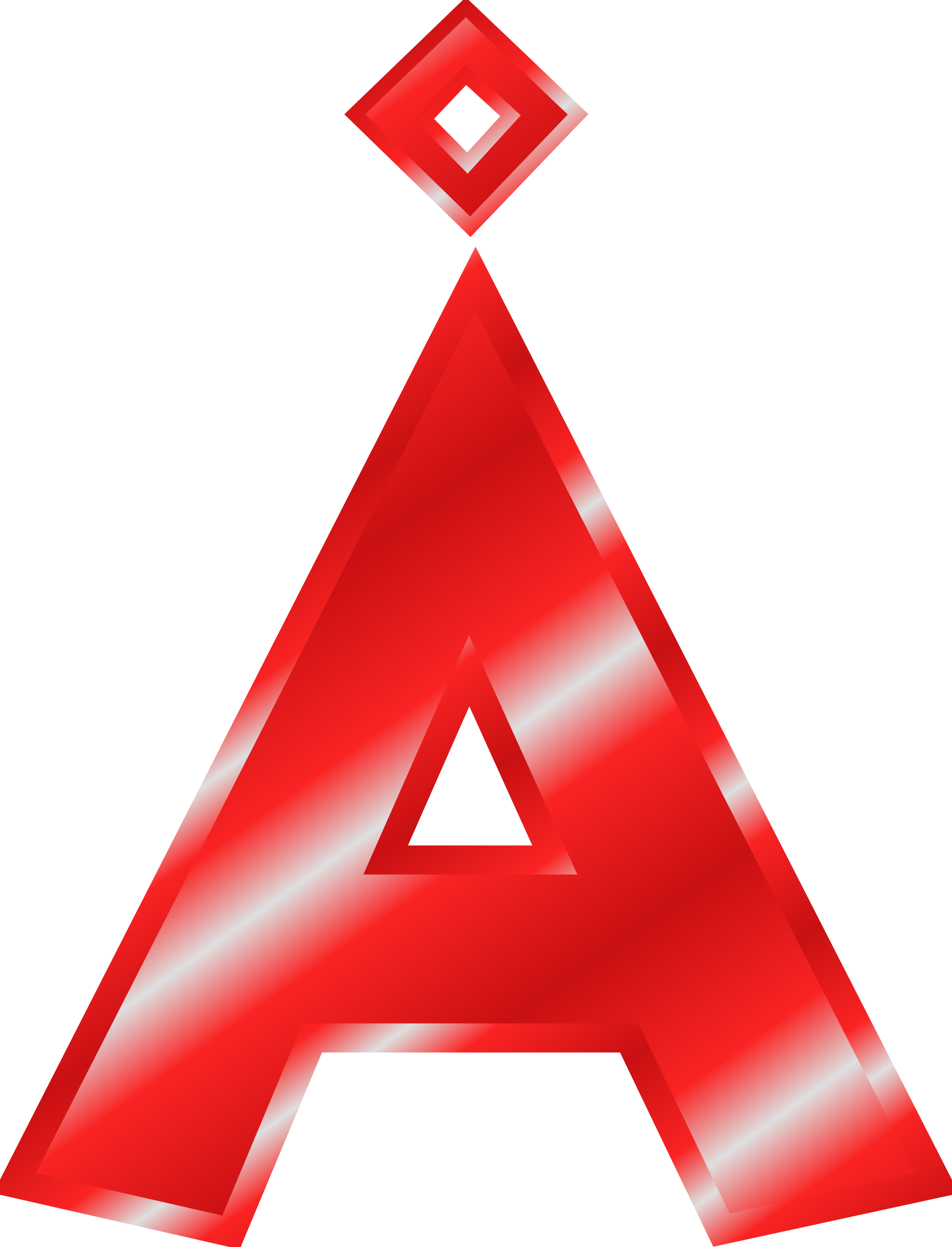There are some things, it's almost like, they seem small or just a little bit out of the way, yet they hold quite a bit of significance when you look closer. A string of characters, perhaps like “冲田 美 铃”, might appear to be just that – a simple sequence. However, when we think about it, such a collection of letters can actually open up truly fascinating discussions about how we measure the incredibly small things in our physical surroundings and, too, how we handle words and symbols in our digital experiences.
This particular grouping of characters, you know, can really help us think about the absolutely tiny world of measurements, like the Angstrom unit, which is so small it is almost beyond what we can easily picture. It also brings to mind the sometimes rather tricky business of making sure that words and special symbols show up exactly right on our computer screens or mobile devices. It’s a little bit like trying to catch mist in a bottle, if you are not careful with the details.
So, we are going to explore some surprising connections between these seemingly very separate ideas. It is all going to be viewed through the lens of something like “冲田 美 铃”, which can act as a kind of guide, helping us appreciate the hidden work that goes into displaying even the most straightforward text, and the sheer minuteness of things science often deals with. It’s actually quite interesting, really, when you get right down to it.
Table of Contents
- What is "冲田 美 铃" anyway?
- How does "冲田 美 铃" relate to tiny measurements?
- Unraveling the 'Å' - A Small Unit with Big Impact
- Why does the Angstrom unit matter for "冲田 美 铃"?
- The Digital Dance of Characters - What Happens with "冲田 美 铃"?
- When do encoding issues affect "冲田 美 铃"?
- Getting Text to Play Nice - Solving "冲田 美 铃" Display Problems
- How can we make sure "冲田 美 铃" shows up correctly?
What is "冲田 美 铃" anyway?
When you see a phrase like “冲田 美 铃”, it is, you know, a sequence of characters from the Japanese writing system. These characters, just like letters in English, are meant to convey specific meanings and sounds. However, unlike the fairly straightforward alphabet we often use, East Asian characters can sometimes present a bit of a puzzle for computer systems. This happens because of how computers store and show text, which is actually more complicated than many people realize. So, understanding how these characters work is pretty important, really.
The challenges with displaying such character sequences are quite real. It is not always as simple as just typing something out and expecting it to appear perfectly on every screen. This is especially true when you consider the 'å' character, which is something mentioned in the information we have. This particular character, 'å', is a separate letter in some languages, like Danish, Swedish, and Norwegian, but it also happens to be the symbol for a very specific unit of length, the Angstrom. So, in a way, this one character bridges two very different kinds of discussions: language and scientific measurement, which is kind of neat.
The fact that a single character, like 'å', can have these different roles, and that a string like "冲田 美 铃" exists, highlights a key point. Every single character you see on a screen, whether it is a common letter or a specialized symbol, has to be correctly identified and drawn by your computer. If there is a slight misstep in this process, you might end up with something that looks like gibberish, or just a little bit wrong. It is a subtle but very significant detail in the world of digital communication, honestly.
How does "冲田 美 铃" relate to tiny measurements?
You might be wondering, how does a string of Japanese characters, such as "冲田 美 铃", have anything to do with measuring things that are incredibly small? Well, the connection is actually quite subtle, but it is there. The 'å' character, which is part of the broader conversation about how text is handled, is also the very symbol used for the Angstrom unit. This unit, as we will talk about more, is all about measuring things on an atomic scale, things so tiny you cannot even begin to see them with your bare eyes. So, this single symbol acts as a kind of bridge.
Just as the Angstrom unit helps us grasp the almost impossibly small dimensions of atoms and molecules, the individual characters that make up a phrase like "冲田 美 铃" are, in a way, the fundamental building blocks of digital text. Each character, even a seemingly simple one, has its own unique digital representation. If that representation is not handled with precision, the entire message can get lost or distorted. It is a bit like trying to build a very, very small structure, where every piece has to fit just right, otherwise the whole thing might just fall apart, you know.
So, while "冲田 美 铃" itself does not measure anything, its existence as a string of characters, including the 'å' symbol, helps us talk about the need for extreme accuracy. This accuracy is needed both when we are dealing with measurements of things that are truly microscopic, and when we are trying to make sure that written information, especially from different languages, appears correctly on our screens. It is, perhaps, a bit of a symbolic connection, but it is a very relevant one for our discussion, actually.
Unraveling the 'Å' - A Small Unit with Big Impact
Let's talk a little more about the 'Å' symbol, which is often pronounced "Angstrom" or "Angstrom unit." This unit of length is truly, truly tiny. It is used quite often in certain areas of science, like when scientists study crystals, or when they are looking at the very, very small parts of atoms. It is also used when people talk about the incredibly fine structures that you can only see with very powerful microscopes. So, it is a unit that helps us describe dimensions that are far beyond what we can usually see or touch, which is pretty amazing, really.
To give you an idea of just how small an Angstrom is, consider this: one Angstrom, which is written as 1Å, is equal to ten to the power of negative ten meters. That is 0.0000000001 meters. To put it another way, it is one-tenth of a nanometer. A nanometer, for reference, is already one-billionth of a meter. So, an Angstrom is even smaller than that! It is a unit that was used historically, and it is still quite common in specific scientific fields, despite not being part of the official international system of units. It is, in some respects, a very practical tool for scientists.
Scientists often use the Angstrom unit for things like measuring the size of individual atoms, or the distances between atoms when they are joined together in what are called chemical bonds. It is also used to describe the wavelengths of light, especially visible light, which stretches from about 4000 to 7000 Angstroms. This means that when light travels, the distance between the tops of its waves is measured in these incredibly small units. It is a way to get a very precise handle on things that are otherwise too small to even imagine, you know.
Why does the Angstrom unit matter for "冲田 美 铃"?
The Angstrom unit, and its special symbol 'Å',


